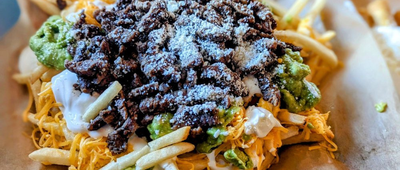In the Mood for Love
The idea that the foods you eat can fire up desire has been around for centuries. Unfortunately, there isn't much evidence to back that up. Regular exercise and a good night's sleep are more likely to get you in the mood for love, but it can't hurt to consider that diet might play a role. Here are more than a dozen foods that claim to be natural aphrodisiacs.























